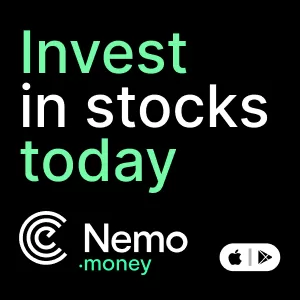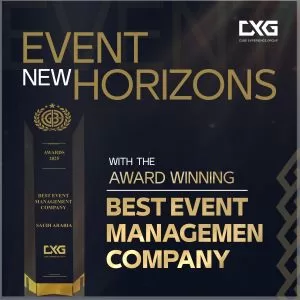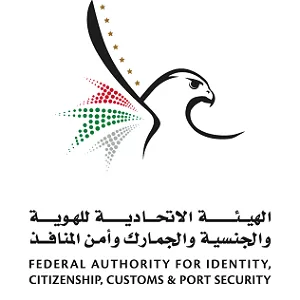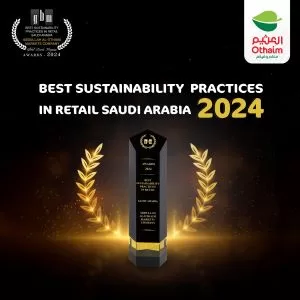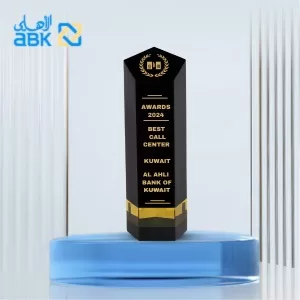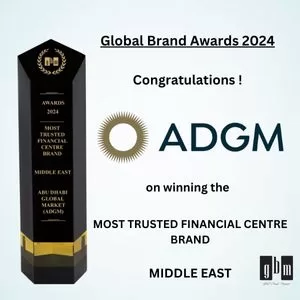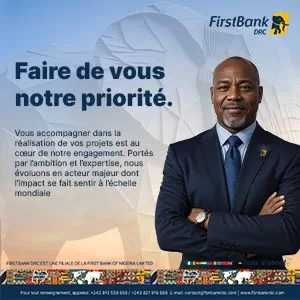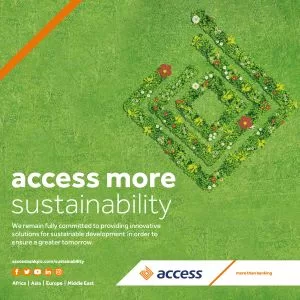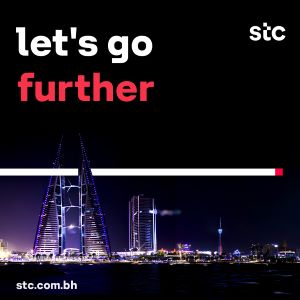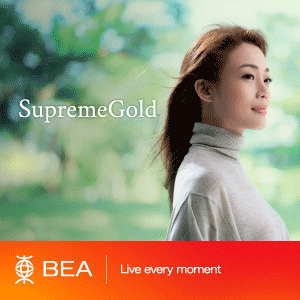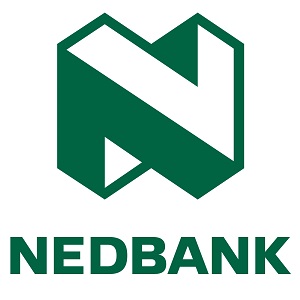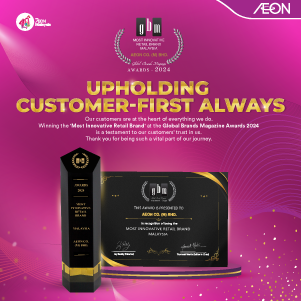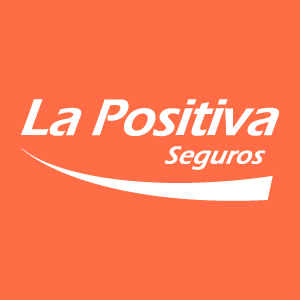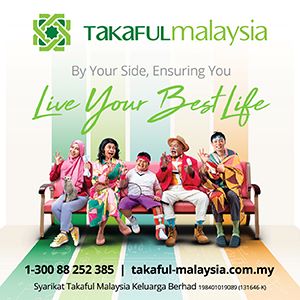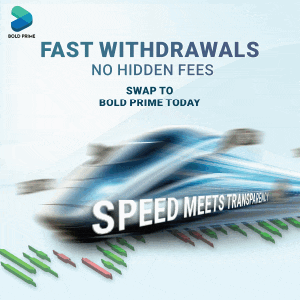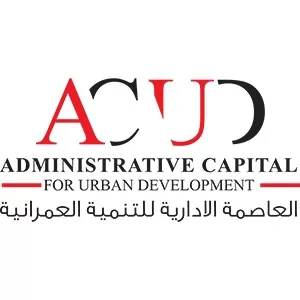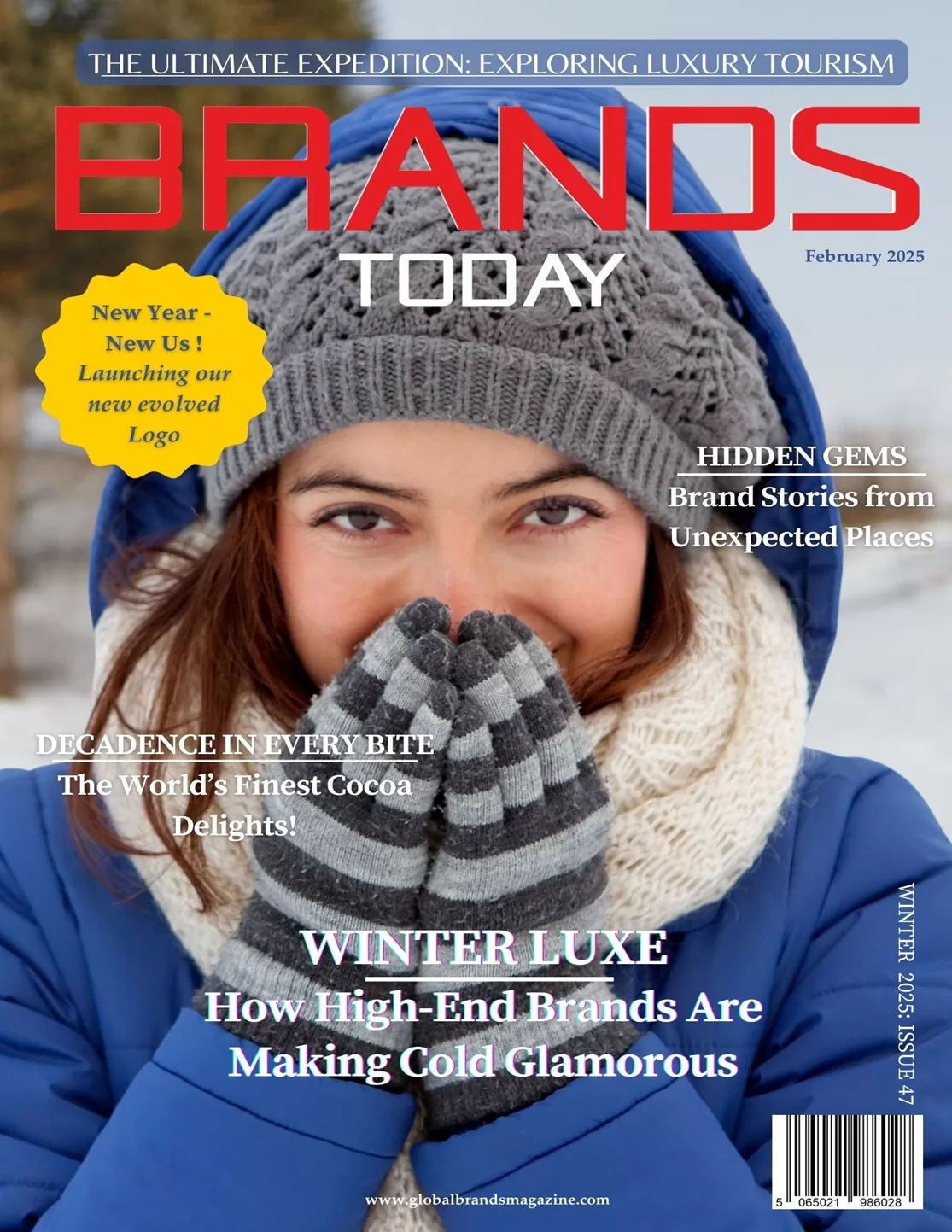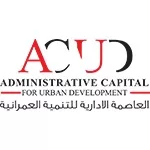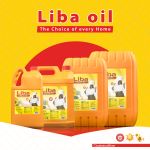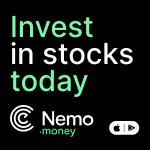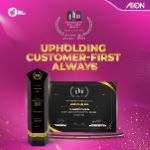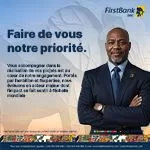Brand Strategy
FactoryTok: Unmasking the Luxury Fashion Industry

- FactoryTok footage possibly discloses the very low production costs of luxury products, which might create a scenario for brands like Prada and Gucci to be pitted against each other.
- Such transparency would probably attract Gen Z to “quiet luxury” and dissuade attraction to sustenance in the afloat luxury industry.
Now we have a new and currently ongoing phenomenon in the fast-paced world of fashion – breaking luxury branding ground by FactoryTok; this is what it is termed when Chinese factory workers upend TikTok with behind-the-scenes looks at producing fabulous pieces of high-end fashion. These videos, often racking in millions of hits before being pulled down, show low manufacturing costs versus staggeringly high retail prices. They evoke a worldwide debate about transparency, value, and authenticity in the fashion industry.
The Emergence of FactoryTok
Typically, FactoryTok videos show individuals, often factory workers or owners in China, assembling goods in factories, sometimes under strict non-disclosure agreements with foreign brands. One video featured a handbag claimed to retail for over $300 (£235) but produced for under $15 (£11.75), though it may have been a counterfeit or unbranded dupe. Another video claimed to show shoes for a major Western footwear brand, retailing for several hundred pounds, with production costs under 10% of the retail price, though such claims often involve counterfeits.
These videos prompt consumers to question the high retail prices of luxury goods by highlighting significant markups. FactoryTok gained prominence amid the US-China trade war, fuelled by tariffs imposed by President Trump in April 2025. Chinese suppliers share these videos, partly as a response to economic pressures from US tariffs, highlighting China’s role in global manufacturing, though many featured products are likely counterfeits. The #FactoryTok trend on TikTok garnered millions of views, with many videos later removed, possibly due to brand complaints or platform moderation.
Challenging the Mysteriousness of Luxury Brands
Luxury fashion has always thrived on exclusivity, craft and prestige. But FactoryTok, which exposes the real cost behind the curtains, bites into the carefully woven imagery. For a luxury label, Prada, Gucci, Hermes or Louis Vuitton, if it were to find out that its wares were produced at a fraction of the retail price, it would also tear the cultural cachet that made high prices possible. Consumers, especially Gen Z, have proven to be more sceptical, demanding more transparency and accountability.
FactoryTok also stands against greenwashing in a crowdsourced method. It is not only looking at costs but also at where and how the products are made. That’s put pressure on luxury brands to be more transparent about their sustainability and ethical credentials. Take, for example, the investment by Kering, the owner of Gucci and Bottega Veneta, in ESG. LVMH, on the other hand, is investing in biodiversity and regenerative agriculture for its supply chain transparency.
An Alteration Towards Quiet Luxury
Consumer perceptions are being updated by FactoryTok, and along the way, a new style called “quiet luxury” has emerged. It has little in common with typical luxury brands using loud logos and ostentatious displays of wealth. Quiet luxury champions understated elegance, suiting the finest calibre and the smallest possible amount of branding. The Row, Loro Piana, Toteme, Khaite, and Bottega Veneta would arguably be the most recognised names in this genre, appealing to consumers who favour quality and authenticity over loud flash. Even more affordable brands like COS can resonate with those wanting a cheap take on this aesthetic – pretty much summed up as “rich aunt energy”.
This changed perspective has proven to be more pronounced among Gen Z, individuals who more readily align themselves with sustainable practices and ethical claims in labour. And, as for FactoryTok, to a certain degree, it has sped up this trend in that consumers now look for brands embodying their values as opposed to those that are exploiting low-cost manufacturing.
Luxury Market Trends and Resilience
The luxury fashion market has held firm despite the challenges brought by FactoryTok. With a modest 1-3% annual growth projected by a McKinsey report between the years 2024 and 2027, the global luxury market must survive all the emerging challenges. The more established markets in the USA, Europe, and China are growing in single digits, while the newly emerging markets of the Middle East, India, and the Asia-Pacific display dynamism.
Hermès, one of the luxury giants, recorded fabulous results in Q1 2025, with revenues fast approaching $5 billion (or £3.9 billion). Hermès reported positive growth in Q1 2025 for leather goods and saddlery (+11.4%) and ready-to-wear and accessories (+8.3%), though specific regional growth rates are unavailable. And so, at least for now, the old-money luxury brands seem to be cruising through the FactoryTok storm.
The Broader Implications
FactoryTok is not just a trend on social media; it’s a movement in the luxury fashion industry. By shedding light on the actual costs of production, it forces brands to justify their markups that allegedly cover not just production, but also design, marketing, logistics, and brand prestige. Consumers now require more transparency, and if brands do not work for it, they risk losing credibility, especially among younger consumers.
The rise of quiet luxury thus captures more general cultural changes toward genuineness and sustainability. Those brands that conform to this with open supply chains or minimal designs might get a safe passage in this new environment. At the same time, the slight growth in the luxury sector indicates it is a time for big adjustments, where brands will juggle between maintaining an exclusive image and catering to consumer expectations.







